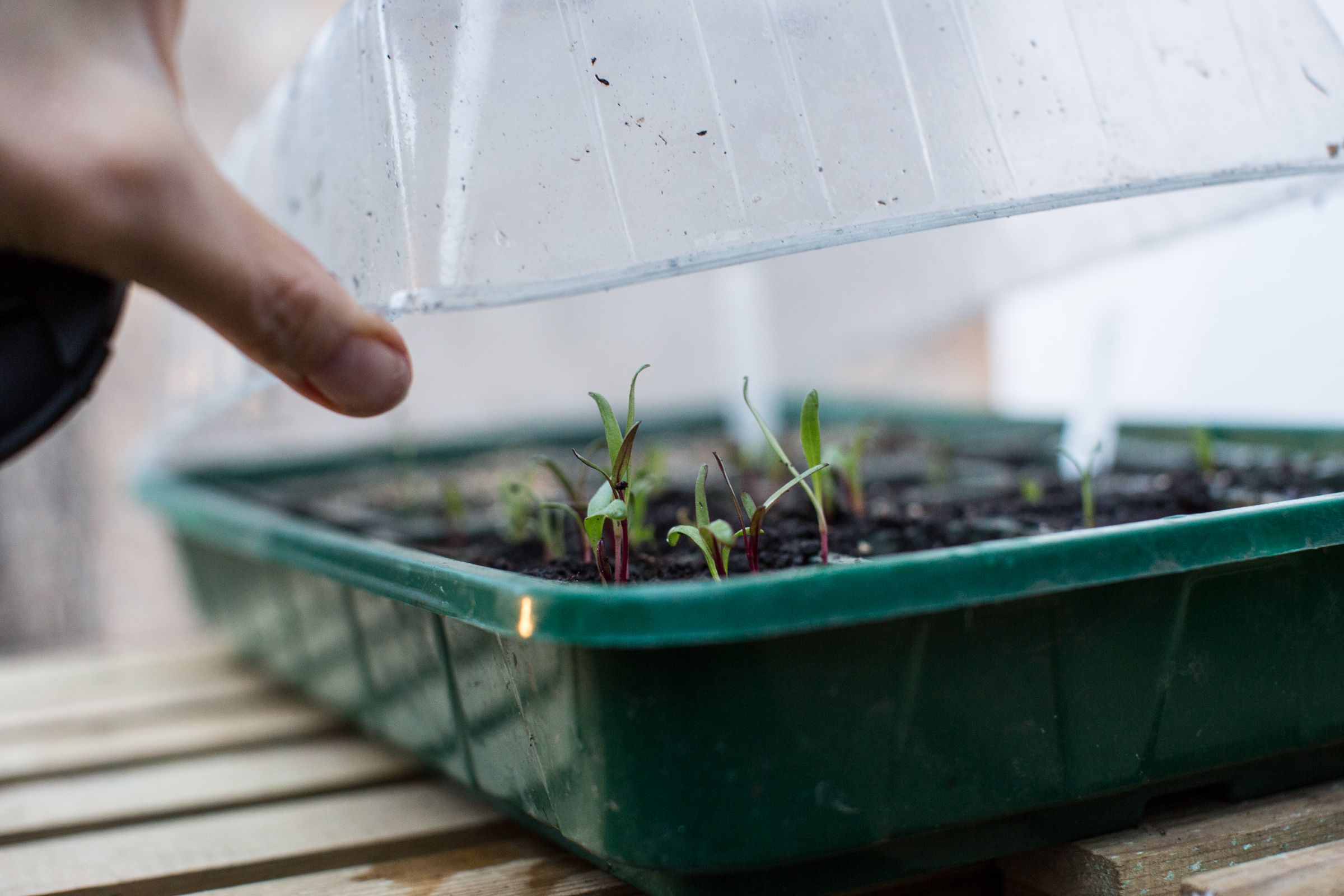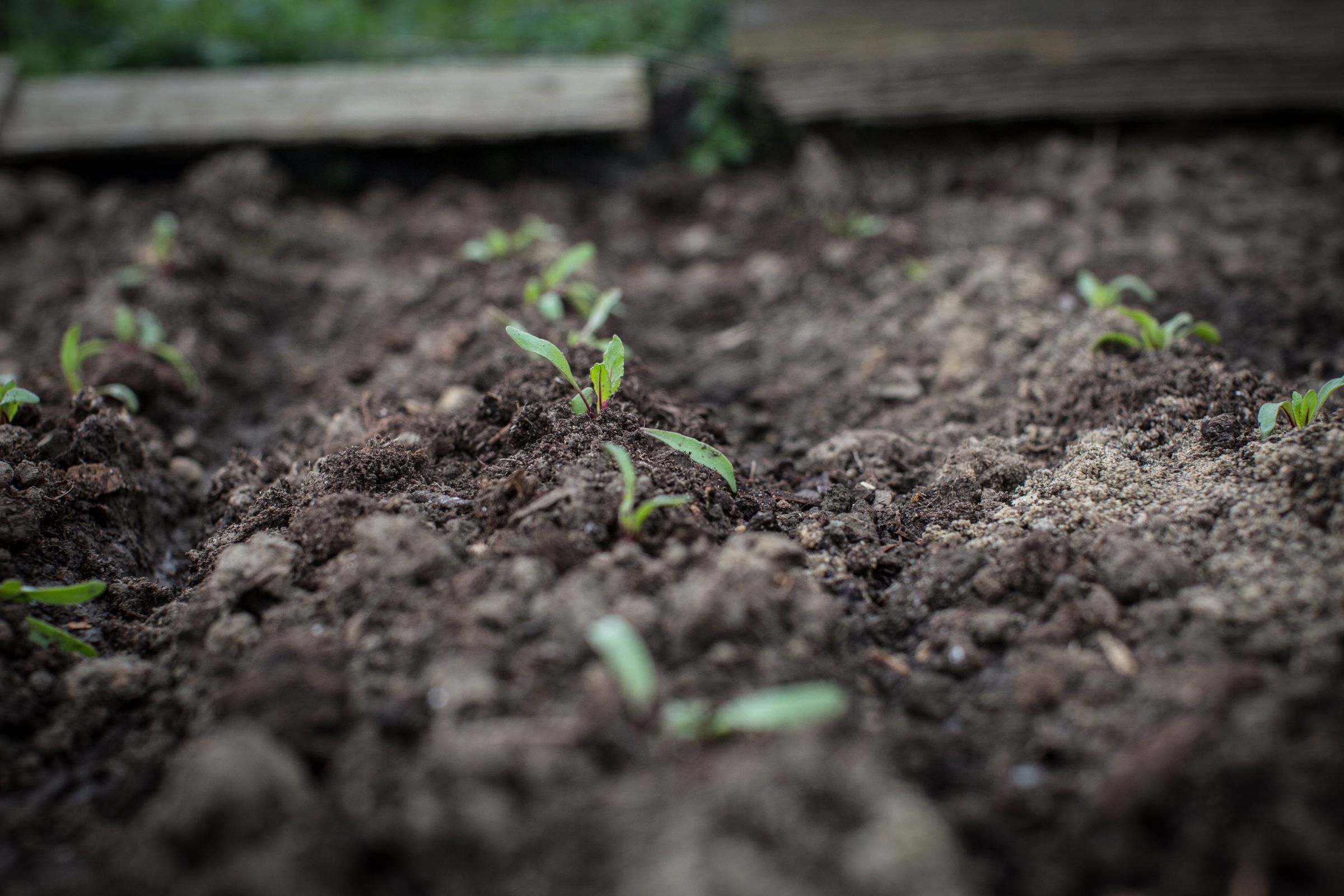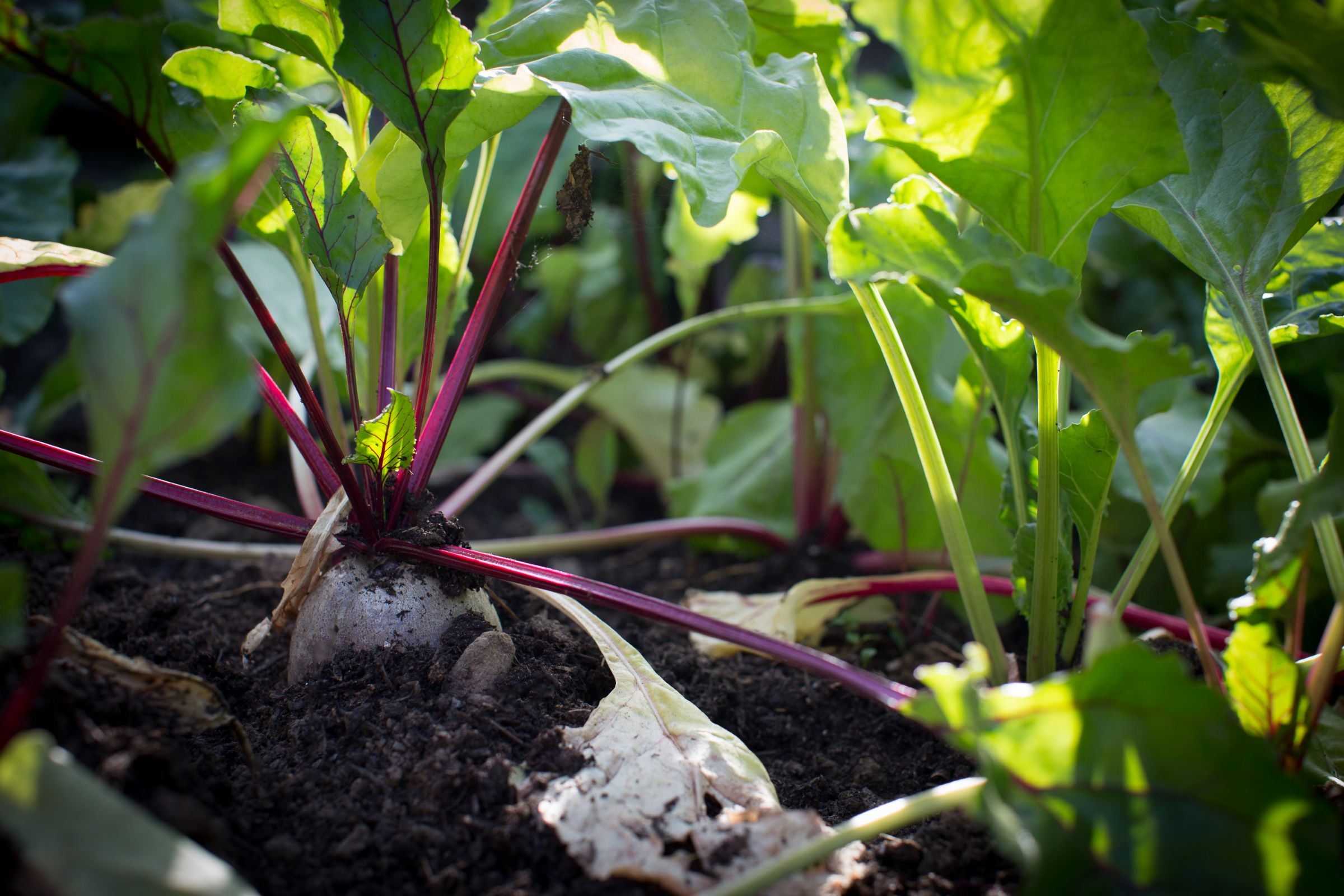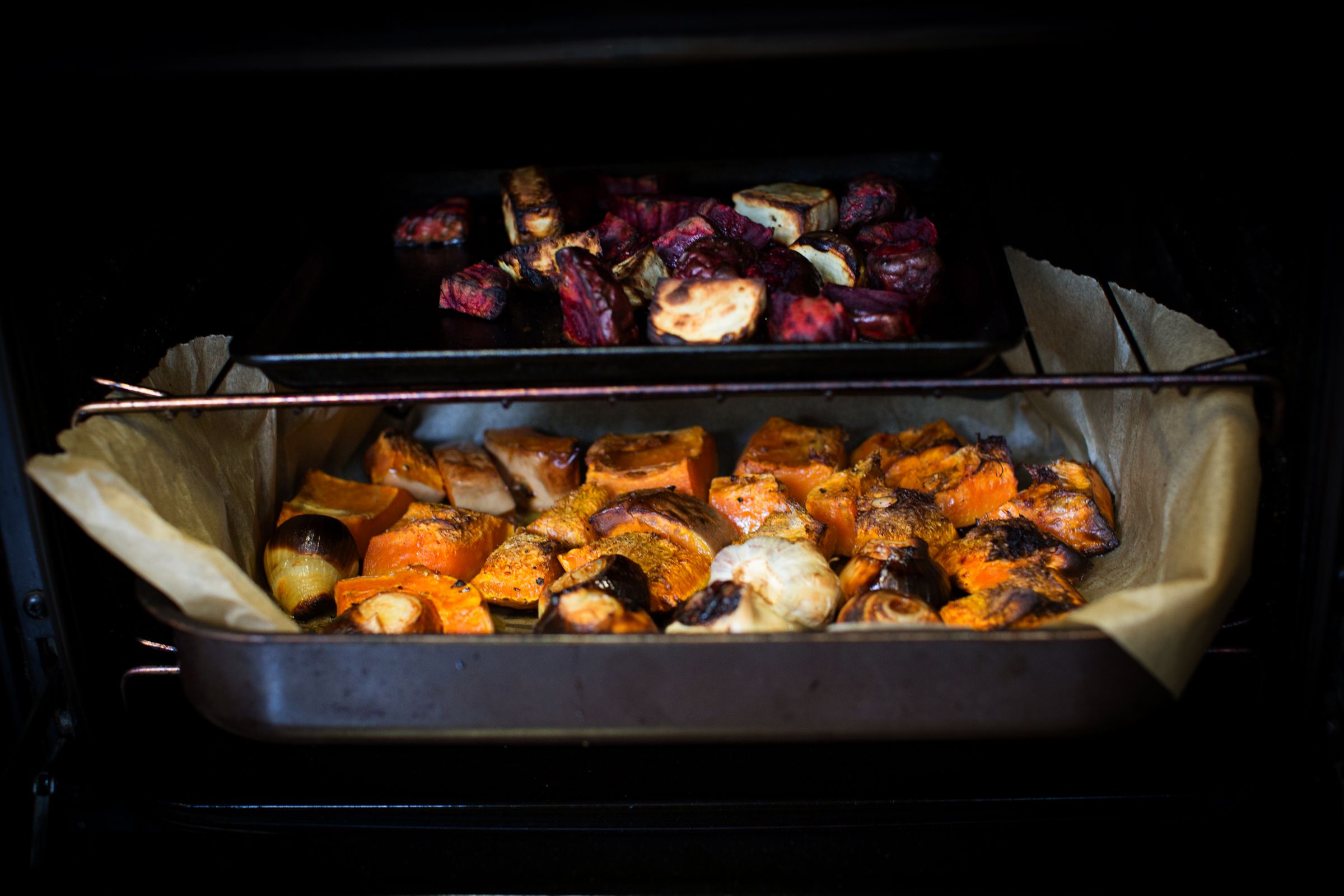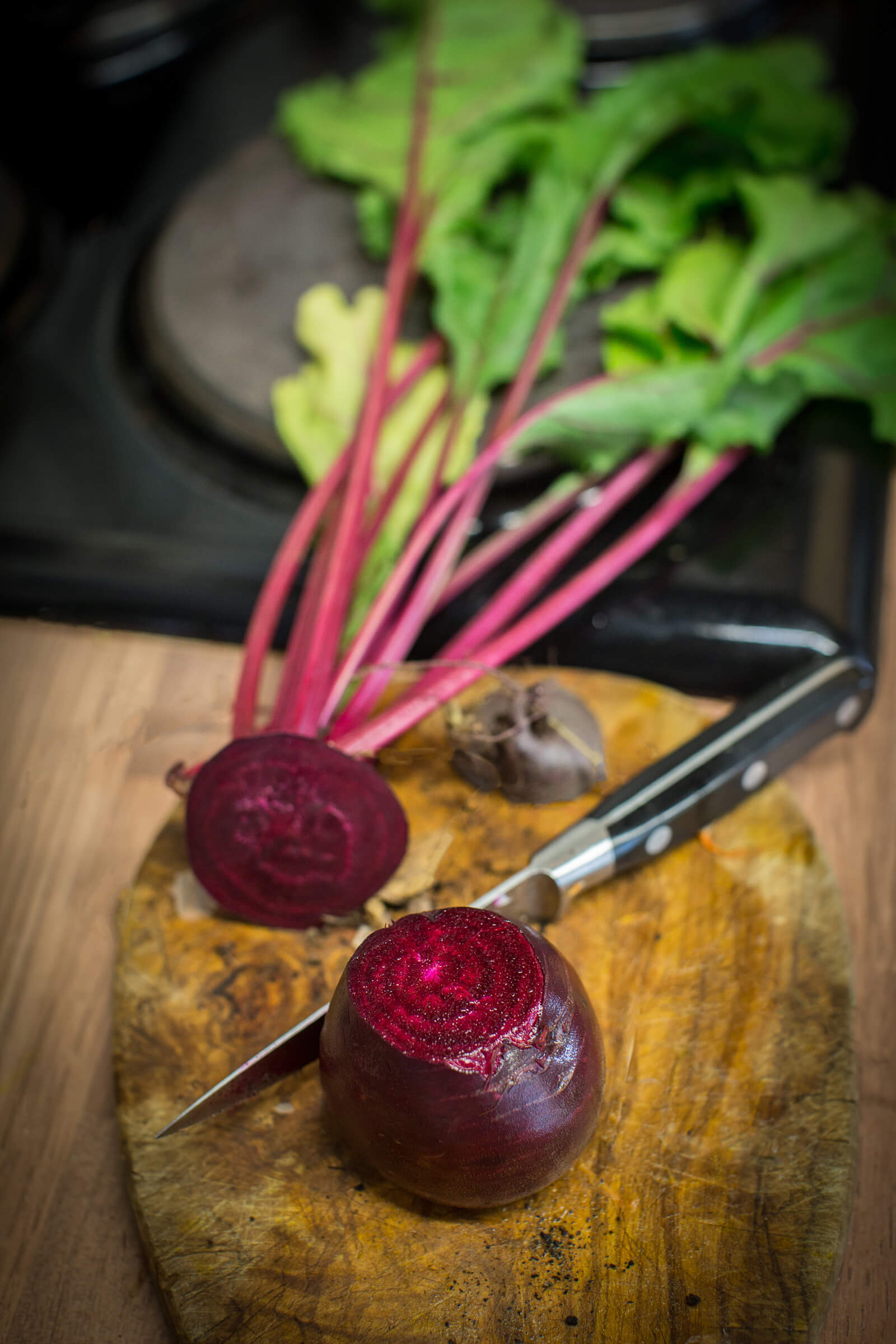Beetroot Goodness Dip
Coeliac and Gut Friendly super tasty goodness for wellness.
I love Beetroot!! It is so easy to grow, for me it is the queen of root vegetables.
It tastes best harvested between June and October but can be grown most of the year. Organic beetroot has a much sweeter taste and is definitely worth a few extra pence if you are buying it in.
Deliciously nutritious, rich in Vitamin C, B and K, beautifully sweet it makes a super juice to give you a really good supply of Iron and Magnesium. Include the leaves for a good dose of Folate (Naturally occurring Folic acid) *. Full of antioxidants it really is one of my must have goodness for wellness crops at Jolly Allotment .
Grow:
Beetroot is a good grower and can be easily grown in small spaces in containers on patios if you don't have a great deal of garden space. You can sow the seed directly into drills in well fertilised ground but I start my seedlings in the greenhouse, a window ledge in the house would also do the job. I sow three or four seeds into small plant pots, cover with a light dusting of compost and keep moist but not damp. It’s so satisfying when you see the little green and purple shoots appear. When they are about three centimetres high I transfer them to the plot at Jolly Allotment. Making drills 10cm apart I add some good manure or blood and bone natural organic fertiliser and sharp sand to condition the soil. Just make a little hole in the soil with your finger, prize the seedlings apart with a pencil and pop in the ground. I get a little precious about my seedlings. I want to keep them all but you will really save yourself disappointment later if you just choose the strongest with a good root and stem. If you have sown straight into the ground you will need to space the seedlings out when they are a few centimetres high. I’ve discovered the more careful you are to keep the seeds apart whilst sowing you will save time separating and have a much better crop. As the leaves get bigger add well rotted manure or compost, bunch it up around the base of the plant to give the root lots of goodness to grow in. You can harvest the beets when they are 5 centimetres in diameter or leave them in the ground until you are ready to eat them. The bigger they get the more fibrous and tough they are but are still good to eat, raw, roasted, pickled or juiced.
Eat: (DF, GF, Vegan)
Beetroot has beautifully lush green and purple leaves that can be blanched and eaten like spinach. Young leaves are really good sautéed with garlic, shallots and fennel.
Beetroot Hummus: Super tasty sweet alternative to traditional hummus this always goes down a storm at picnics and parties. I spread it on so many things, it’s particularly good with a burger.
This Coeliac and gut friendly recipe is great for people who with struggle Lectins in chickpeas. So great for any autoimmune or IBS sufferers.
Recipe: Organic is always best.
- 1/2 pound beets (about 4 medium sized beets)
- 2 Tbsp Organic Tahini , I use organic light tahini
- 5 Tbsp lemon juice
- 1 small clove garlic, chopped
- 1 Tbsp ground cumin
- 1 Tbsp lemon zest (zest from approx. 2 lemons)
- 2 Tbsp Extra virgin olive oil
- A generous pinch of sea salt
- Fresh ground pepper to taste
- A handful Fennel herbs to taste
- A handful Fresh mint to taste
Direction
Roast the beetroot until soft. Leave the skins on if organic for a more earthy taste or remove them if you prefer a sweeter dip.
Add all the ingredients apart from the mint and fennel herbs to the food processor and wizz until smooth. Add the mint and fennel herbs and season to taste then wizz until smooth.
Note: If your processor isn’t very powerful you may want to add a few tablespoons of filtered water.
That is it it's done. I serve with flaxseed crackers or crudités.
Once cool, store in a glass jar for a few days in the fridge or make a bigger batch and freeze some in the glass jars for a later date.
Absolute goodness for wellness. Enjoy!
Polly x
Nourish : What is in Beetroot and what it is good for:
*Antioxidant: a substance such as vitamin C or E that removes potentially damaging oxidizing agents in a living organism. Consuming foods rich in antioxidants may be good for your heart health and may also help to lower your risk of infections.
*Magnesium: important to regulate muscle function throughout the body—and that includes the heart muscle. In the body, magnesium helps the heart maintain a healthy rhythm. It also helps regulate blood pressure and cholesterol.
*Folate: Our bodies need folate to make DNA and other genetic material. Folate is also needed for the body’s cells to divide.
*Vit C: is necessary for the growth, development and repair of all body tissues. It's involved in many body functions, including formation of collagen, absorption of iron, the immune system, wound healing, and the maintenance of cartilage, bones, and teeth.
*Vit B: is a nutrient that helps keep the body's nerve and blood cells healthy and helps make DNA, the genetic material in all cells.
*Vit K: The body needs vitamin K to produce prothrombin, a protein and clotting factor that is important in blood clotting and bone metabolism.
Thank you for reading the Jolly Journal - I really appreciate your interest and hope it's of value to you. I am dyslexic and for years this stopped me writing because of the fear of getting it wrong. Now I am embracing my fear so I appreciate your understanding if you see a mistake I have missed. Thank you! - Polly x
